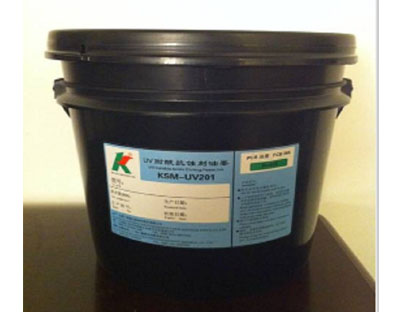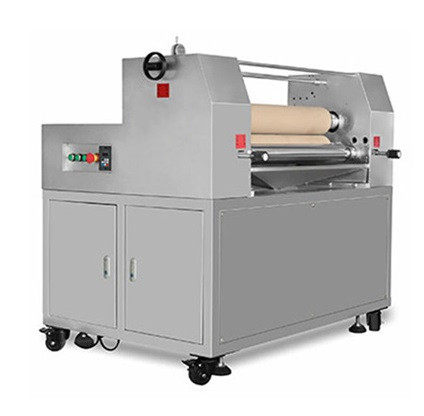1. Good adhesion and coverage
The wet film itself is a blue viscous liquid synthesized from photosensitive resin and added with photosensitive agent, pigment, filler and solvent.The pits and scratched parts on the substrate are in good contact with the wet film, and the wet film is mainly bonded with the substrate through the action of chemical bond, so there is excellent adhesion between the wet film and the copper foil of the substrate, and good coverage can be obtained by screen printing, which provides conditions for the processing of high-density fine line PCB.
2. Excellent resolution
The wet film has good contact and coverage with the substrate, and the negative contact exposure is adopted to shorten the optical path and reduce the error caused by light energy loss and light scattering.This makes the resolution of the wet film generally 25μM, which improves the precision of graphic production, but the resolution of dry film in actual production is difficult to reach 50μm.
3. Low cost
The thickness of wet film is controllable. Generally speaking, it is thinner than dry film, and the packaging cost is also low. Relatively speaking, the cost of wet film is low.The qualified rate of wet film is greatly improved in the process of making the inner layer of fine lines, and the material cost is saved by 20% compared with that of dry film.The speed of wet development is 30% faster, the etching speed can also be increased by 10-20%, and the speed of film fading can also be increased, so as to save energy, improve the utilization rate of equipment, and finally reduce the cost.
4. Eliminate the hairiness at the edge of the board
The edge of the board pasted with dry film is prone to hair and film breaking, which will affect the qualification rate of the board in the production process. There is no film breaking and hair on the edge of the board printed with wet film.





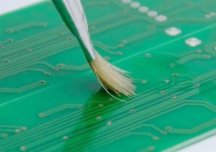
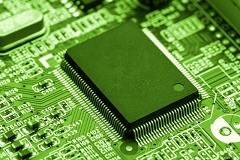
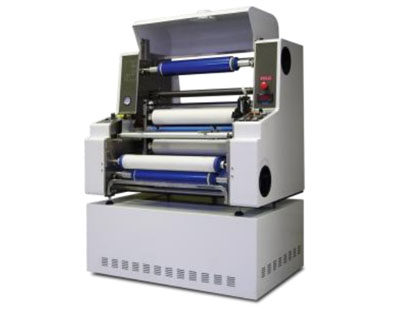
 Oct. 10, 2020
Oct. 10, 2020 